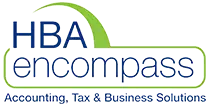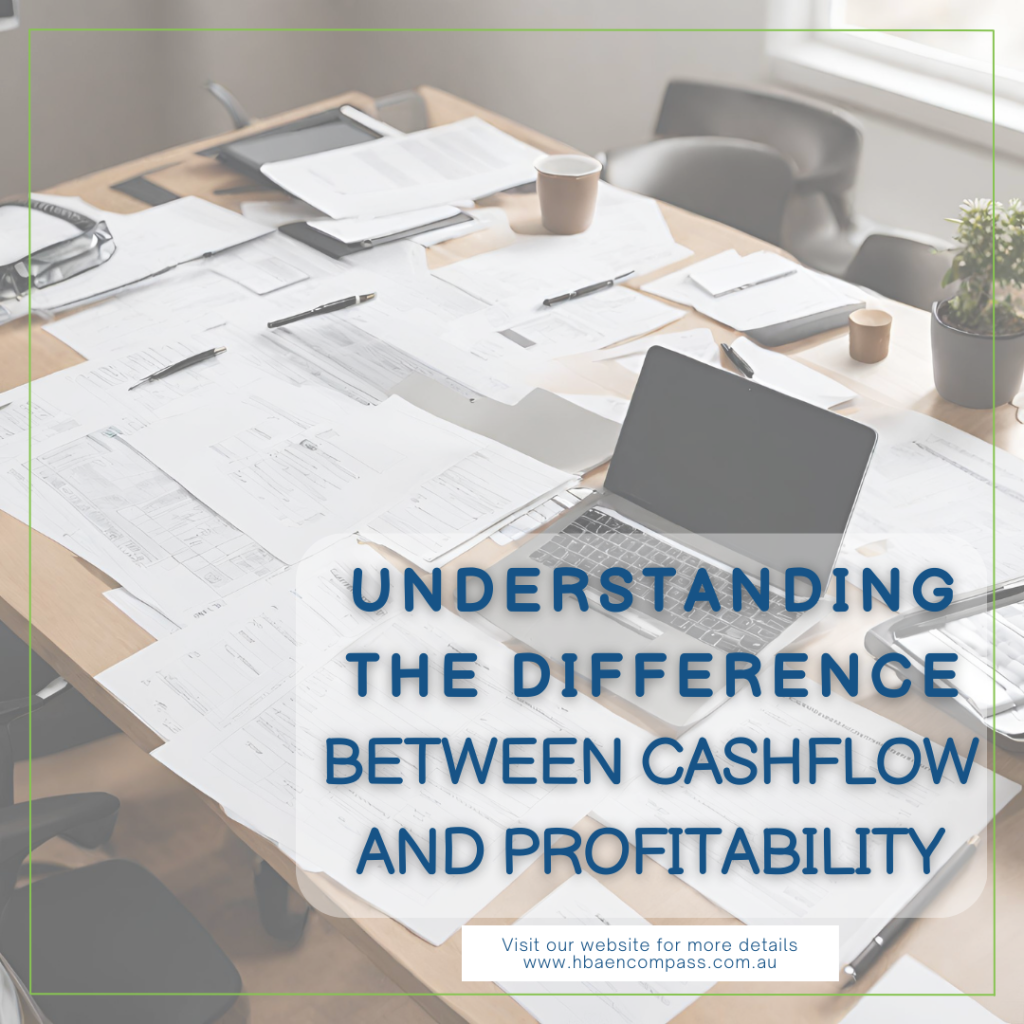“You’ve told me I’ve made a profit, but I’ve got no money.” We hear this time and time again, there is a difference between profitability and cash flow. Your profit and loss show you what money came into your business and went out from a business point of view and gave you a net profit, but it doesn’t tell you where the money went. Your balance sheet shows you where the money went.
For Example: a couple of years ago, I had a guy come in to see me. I did his tax return, and he had a profit of $160,000 and he looked me in the eye and he went, “there’s 20 bucks in my bank, Victoria, where did it go?” I said to him, “You know what, I can tell you exactly where it went and ran my little finger down the balance sheet. Well, first of all, you paid 60,000 for a new truck, cash, then you paid 40,000, off the loan to your brother for that he gave you for starting your business. And then you took the other 60,000 out to live on. There’s your $160,000”. As evil as it sounds, just because you’ve made a profit doesn’t mean there’s cash in the bank.
When we’re looking at financial statements, it’s really important that we keep an eye on our aged receivables, your aged payables and your drawings account. Your drawings account will have many different names: It may be owners drawings, it may be loan to Bill Smith, or it may be a director’s loan or a beneficiary’s loan. But what you need to do as the year goes on, is you need to watch how much that loan has gone up or down based on the previous year, because that tells you how much you’re taking every business.
If all you’re taking out of a business is wages, and it’s going through payroll each week, hurrah, you are the golden client. But you know what, these type of business owners are few and far between. The reality is, most people will take a wage, and then sometimes support their income or their lifestyle from their business account as well. We need to take those extra withdrawals into account.
When looking at where the money went, we also need to remember there’s going to be loan payments, and the movement in accounts payable an receivable. It’s important to see where these accounts stand compared to last year.
If your sales have gone up by 200,000, and your accounts receivable has gone up by 200,000, you’ve got no more cash in the bank, because what you’ve invoiced over here, is still owing to you over here. So, you need to keep an eye on your accounts receivable or your debtors.
You also need to keep an eye on your accounts payable. Make sure that you’re not paying your creditors until they are due. It’s your money you can make it work for you. In the meantime, you don’t need to give it to them before it’s due. The same goes for the ATO (which are really another Accounts Payable), make sure that you’re paying your PAYG your GST and you’re super on time. I don’t know about you, I wouldn’t want to pay the tax office before its due. Let the money sit in your bank account, l et it work through it for you but always remember that it needs to be paid and don’t spend it.
Perhaps look at whether Profit First would work for you, it’s a way of managing your money so you always have time to pay yourself, your staff, the ATO and your suppliers or contractors. If you want more info on that, reach out to us.
Simply put: there is definitely a difference between cash and profitability.


